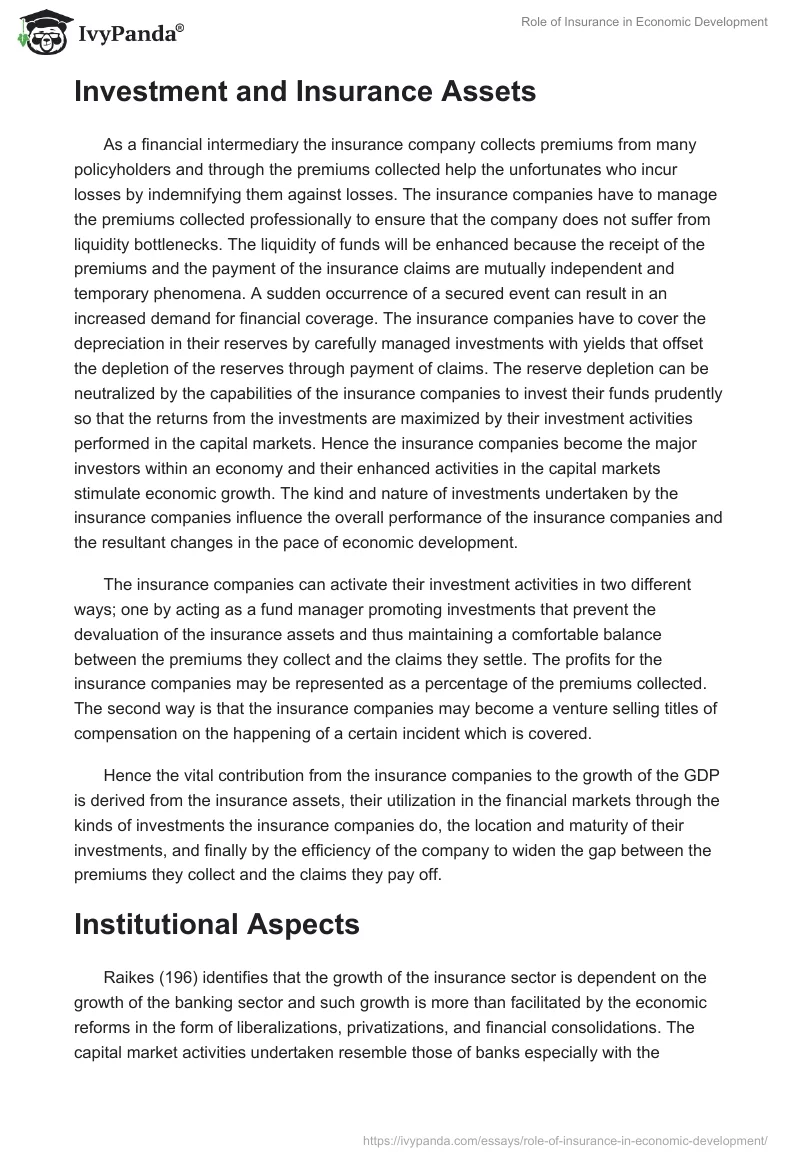Little Known Facts About Pacific Prime.
Little Known Facts About Pacific Prime.
Blog Article
How Pacific Prime can Save You Time, Stress, and Money.
Table of ContentsFacts About Pacific Prime UncoveredThe Buzz on Pacific PrimeHow Pacific Prime can Save You Time, Stress, and Money.The Only Guide for Pacific Prime6 Easy Facts About Pacific Prime Shown

This is because the information were gathered for a duration of strong financial efficiency. Of the approximated 42 million people who were uninsured, almost about 420,000 (concerning 1 percent) were under 65 years of age, the age at which most Americans end up being qualified for Medicare; 32 million were grownups between ages 18 and 65, around 19 percent of all adults in this age; and 10 million were youngsters under 18 years of age, concerning 13.9 percent of all children (Mills, 2000).
These quotes of the variety of persons without insurance are produced from the yearly March Supplement to the Current Populace Study (CPS), conducted by the Census Bureau. Unless or else noted, nationwide price quotes of individuals without medical insurance and percentages of the population with various sort of insurance coverage are based on the CPS, one of the most extensively used source of price quotes of insurance coverage and uninsurance rates.
Rumored Buzz on Pacific Prime

Still, the CPS is particularly beneficial because it produces annual estimates reasonably swiftly, reporting the previous year's insurance coverage approximates each September, and since it is the basis for a regular collection of quotes for greater than 20 years, enabling evaluation of patterns in coverage over time. For these reasons, in addition to the substantial use of the CPS in various other studies of insurance protection that exist in this report, we depend on CPS price quotes, with constraints noted.

The quote of the number of uninsured individuals broadens when a population's insurance policy status is tracked for a number of years. Over a three-year duration starting early in 1993, 72 million individuals, 29 percent of the U.S. https://www.goodreads.com/user/show/177010401-freddy-smith. populace, lacked insurance coverage for at the very least one month. Within a single year (1994 ), 53 million people experienced a minimum of a month without coverage (Bennefield, 1998a)
6 out of every ten without insurance grownups are themselves employed. Working does boost the probability that one and one's household members will certainly have insurance coverage, it is not a warranty. Also participants of families with 2 full-time breadwinner have nearly a one-in-ten possibility of being without insurance (9.1 percent uninsured price) (Hoffman and Pohl, 2000).
Rumored Buzz on Pacific Prime
New immigrants represent a substantial proportion of individuals without medical insurance. One evaluation has associated a substantial section of the recent growth in the size of the U.S. without insurance populace to immigrants who arrived in the country between 1994 and 1998 (Camarota and Edwards, 2000). Current immigrants (those that involved the United States within the previous 4 years) do have a high price of being without insurance (46 percent), but they and their kids make up simply 6 percent of those without insurance nationally (Holahan et al., 2001).
The connection between medical insurance and access to care is well developed, as recorded later on in this phase. The connection between health insurance coverage and health and wellness outcomes is neither straight neither straightforward, a comprehensive scientific and health services study literary works links health and wellness insurance policy coverage to improved accessibility to care, much better high quality, and improved individual and population health standing.
Degrees of analysis for analyzing the effects of uninsurance. This conversation of medical insurance protection focuses primarily on the united state population under age 65 because basically all Americans 65 and older have Medicare or other public insurance coverage. Furthermore, it focuses specifically on those without any kind of wellness insurance coverage for any size of time.
The 6-Minute Rule for Pacific Prime
The issues encountered by the underinsured remain in some areas comparable to those encountered by the without insurance, although they are generally less severe. international health insurance. Uninsurance and underinsurance, nevertheless, involve distinctly different plan concerns, and the approaches for resolving them might vary. Throughout this research study and the five reports to follow, the primary emphasis is on persons without health and wellness insurance policy and hence no help in spending for healthcare past what is offered with charity and safety net organizations
Medical insurance is an effective variable influencing receipt of treatment since both individuals and medical professionals react to the out-of-pocket cost of services - https://yoomark.com/content/we-are-award-winning-insurance-intermediary-choice-simplifying-world-insurance-help-you-find. Medical insurance, nonetheless, is neither essential neither adequate to get accessibility to clinical services. The independent and direct effect of wellness insurance policy coverage on access to wellness solutions is well established.
Others will obtain the healthcare they need also without health and wellness insurance, by paying for it expense or seeking it from providers that provide treatment free or at highly subsidized prices. For still others, health and wellness insurance alone does not ensure receipt of treatment as a result of various other nonfinancial obstacles, such as a lack of health and wellness treatment suppliers in their community, restricted accessibility to transportation, illiteracy, or linguistic and social distinctions.
A Biased View of Pacific Prime
Official research regarding without insurance populaces in the United States dates to the late 1920s and early 1930s when the Committee on the Price of Medical Care created a collection of records concerning financing medical professional workplace check outs and hospital find out stays. This issue became significant as the varieties of clinically indigent climbed up during the Great Depression.
Report this page